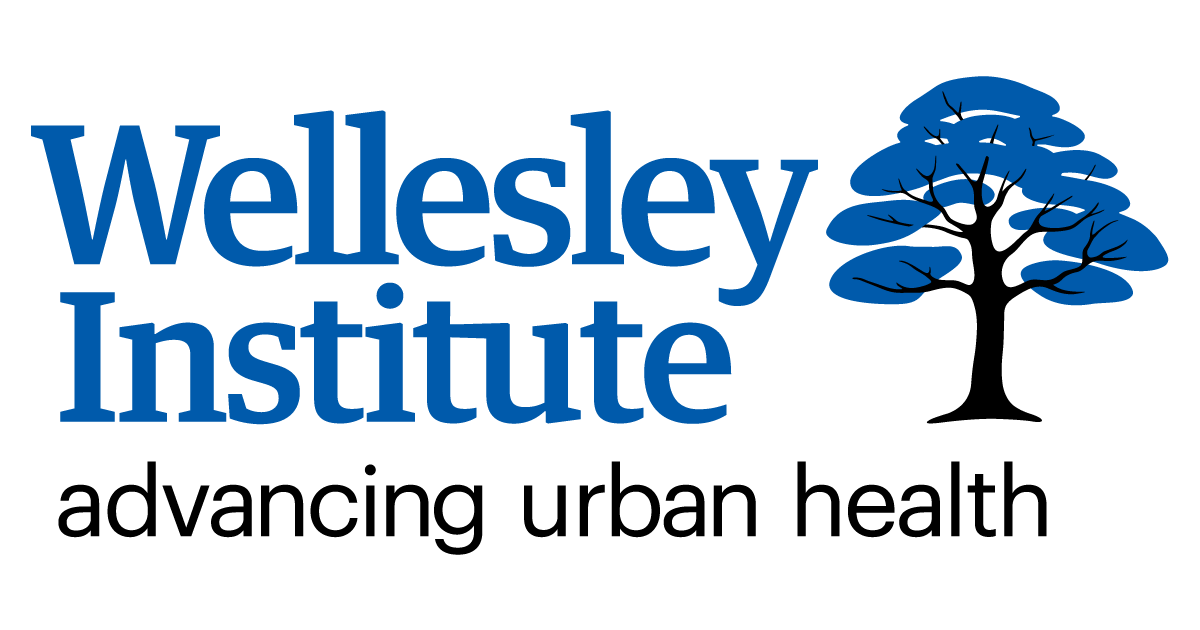Resources
Neighbourhoods refers to large areas based on the City of Toronto’s formal division of areas (E.g., Dorset Park and Mount Olive).
Routes are smaller areas within neighbourhoods that we used for scheduling surveying sessions. Routes were developed based on number of houses to visit and the total area.
Letter and flyer are physically printed materials given to residents as a reminder to complete the survey.
Protocol are the procedures and processes for surveying the target population.
Residents refer to individuals who surveyors asked to complete the survey. In this handbook, we use residents unless otherwise specified.
Participants are individuals who agreed to complete the survey.
Replenish is a meeting between the survey coordinator and surveyors to exchange necessary materials and formulate solutions to any survey-related challenges.
Replenish Protocol is an outline developed for each replenish that outlines which surveyor is responsible for which route and what materials are needed from the survey coordinator.
What physical or digital materials did we use?
In this section, we describe the various materials we used to collect survey data, which included digital materials (Amazon Fire tablet, online survey, Google Drive, Google Calendar, cellular data) and physical materials (fanny pack, follow-up letters and flyers, and the survey administration protocol). We also describe the security protocols to ensure that the survey, incentive, and other information was safe from public access or manipulation. These resources were used with the goal of develop a routine approach to collecting and recording data in a safe, reliable, and effective manner.
How did we collect data?
This was used to administer the survey on a secured University of Toronto website with easy-touch navigation. We chose these tablets because they were low-cost compared to alternatives in the market.
The tablets gave the team access to the survey and Google Sheets that we used to manage survey data. We developed various security and reporting protocols to document payments and survey responses shown in the table below.
| Challenge | Mitigation Strategy |
|---|---|
| Tablets stay with surveyors overnight | Remove access to confidential information after the surveying has ended every day |
| Tablets and other materials are switched between surveyors regularly during the week | Have surveyors sign a form acknowledging the transfer of materials and store these forms in the event materials are lost |
| Surveys might be completed by individuals who are not in the sampled population | Password protect surveys using a combination of numbers and letters |
| Surveyors carry over $100 in cash when they visit neighbourhoods | Surveyors must be constantly aware of their surroundings and which neighbourhoods they are visiting. They should leave the premises if there is anything that makes them uncomfortable. They should store the cash in a secure and hidden place. |
The lighting and font size of the survey met the needs of most residents but for those with vision issues, surveyors read the survey questions aloud. The google sheets were synced in real time with ‘route ID’, ‘HHID’, ‘street address’, ‘survey code’, ‘completion status’, ‘day visited’, ‘time visited’, ‘response’, ‘follow-up given’ and ‘incentive given’ headings for surveyors to fill in (Figure 3). This ensured accountability between written and electronic records. After filling out written track record, the electronic record was filled in. Furthermore, an image of the written record and electronic record was taken in case data became lost. See sample of google sheet filled out after route completion below:

At the front of a clipboard stack, surveyors used a tracking sheet to keep track of the houses visited and responses associated with this (Figure 4).

Figure 4: Tracking sheet
The letters consisted of the following: the initial contact information provided, description of the survey, mention of the gift card incentive along with the security pin for residents to access the survey. A letter was given at the first shift visit when residents did not respond or if residents preferred to do the survey online on their own at their convenience. Flyers summarised the information from letters.
This handbook provided surveyors with a one-stop-shop of different protocols and resources they needed to administer surveys. The handbook included managing inclement weather, tackling challenging interactions with residents, coordinating with survey coordinators and other surveyors, resolving technical issues with the tablet, navigating general safety concerns, and administering flyers and follow-up letters. The handbook is available upon request.
Slips were given out during shifts that we conducted at high traffic locations to increase response rate and were particularly useful in getting surveys completed on the spot and engaging passersby quickly (Figure 5). A minimal amount of information was included on the slips as shown left.

Effectiveness of Postal Service of Letters and Flyers
In the East End, surveyors went through the postal service during the first round of mailing, before administering in-person surveys. In the West End, surveyors personally delivered the initial letter invitation to participate in the survey. The latter approach was more effective because surveyors created personal interaction for all points of contact with residents thereby increasing the response rate. Additionally, we found that letters and flyers got lost in the mail easily, hence using the letters to engage in a conversation with residents was superior.
What other materials did we use?
Cash incentives were kept in an envelope inside a safety pocket in the fanny packs for security purposes. Receipts were written at the time of agreement to complete the survey. The portable charger and tablet were charged fully prior to each shift. Surveyors checked all fanny pack materials before starting the shift, and google sheets were updated with correct route information.
Surveyors used their cellular data to update Google Sheets in the field in real-time. One person from each pair connected their cellular data to the tablet and was reimbursed for related expenses. Surveyors only used their cellular data below their monthly limits. We also used ‘data only’ SIMs that were purchased online that offer unlimited data for a 30-day period. These SIMs proved to be very effective in reducing problems with surveyors’ personal cellular data.
What human resources did we use prior to going surveying?
The times and days for each shift and surveyor were available on shared Google Calendar that all surveyors and survey coordinators had real-time access to before, during, and after shifts. The surveyor coordinator developed the schedule for two weeks at a time. This allowed for ease of coordination, reference as well as making changes to surveyor shifts as necessary.
- Use a mixture of online and physical materials to make the surveying process more convenient in the field.
- Develop a survey administration protocol handbook that contains all possible instructions that surveyors may need to administer surveys.
- Use a real-time recording system like Google Sheets to ensure that data does not get lost in physical materials.
- Develop a routine protocol for scheduling and communicating shifts to the survey team.
- Develop robust security protocols to ensure the safety of confidential data and monetary incentives. Before beginning surveying, we recommend strategizing on how to limit access to confidential data by dividing the dataset into multiple pieces and switching access privileges regularly.
- Ensure that monetary incentives are not visible to residents.
- Provide letters and flyers to residents if they are not available when you visit them or if they prefer doing the survey online. Letters and flyers that are clear and connected to the survey purpose will ensure a high response rate even after the surveying team has left the neighbourhood.
- Consider delivering letters and flyers to residents in-person rather than using the postal service.




